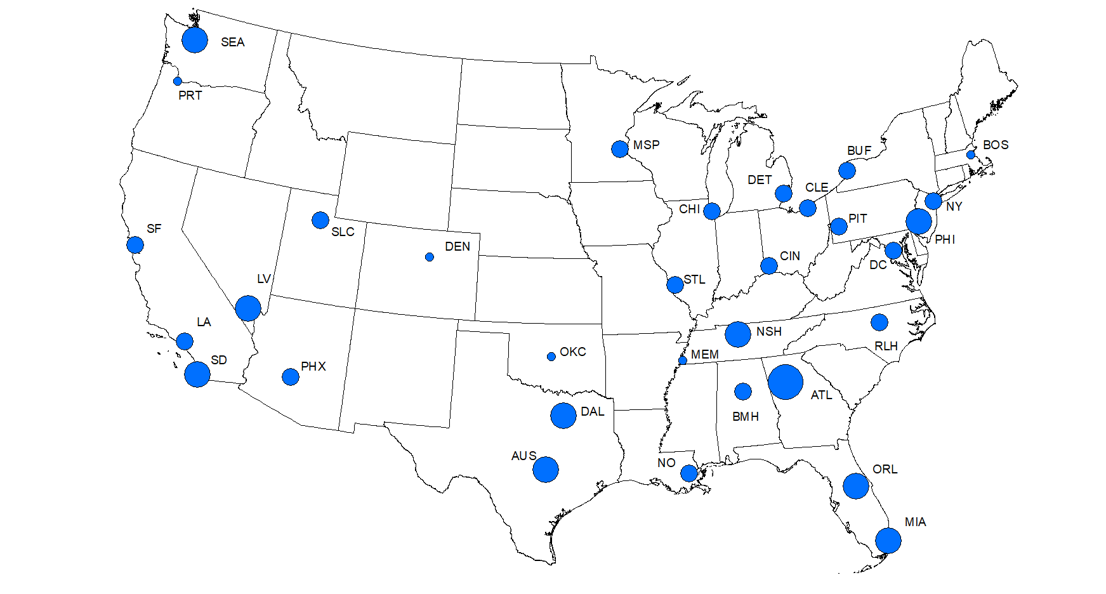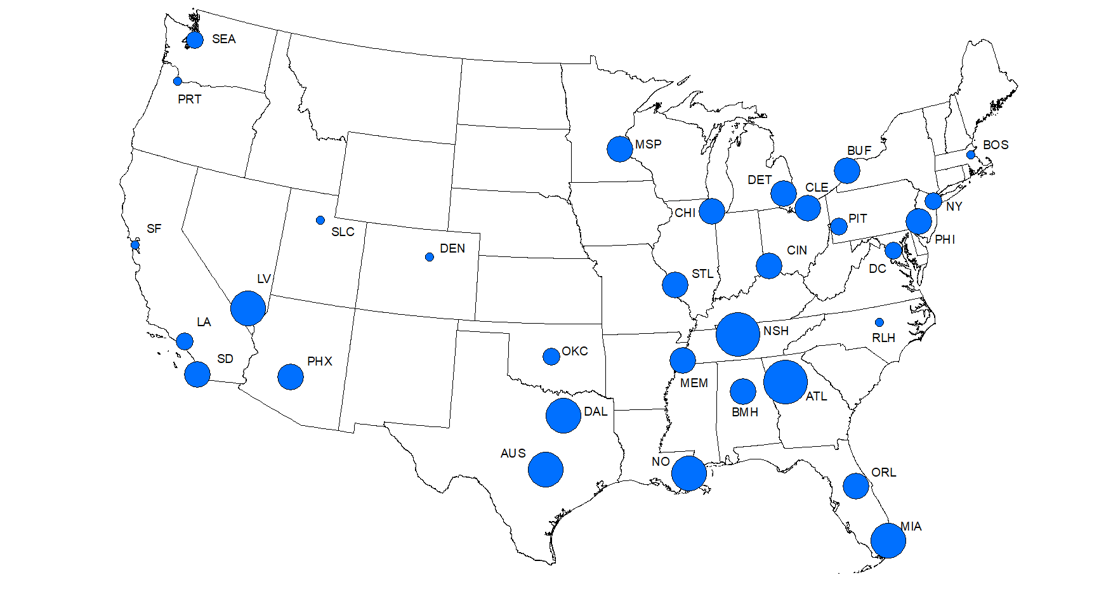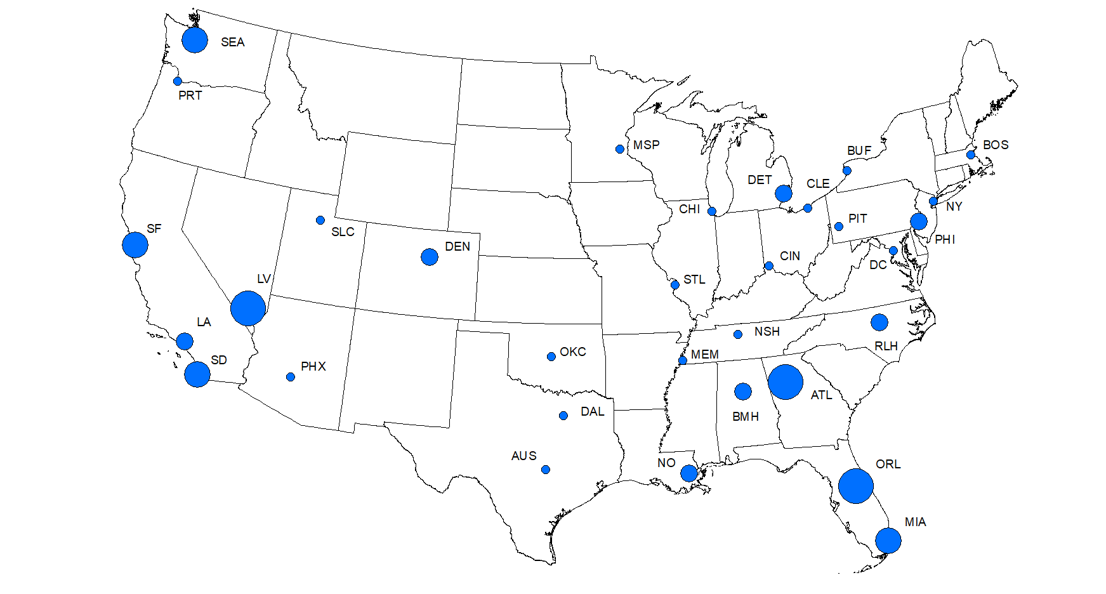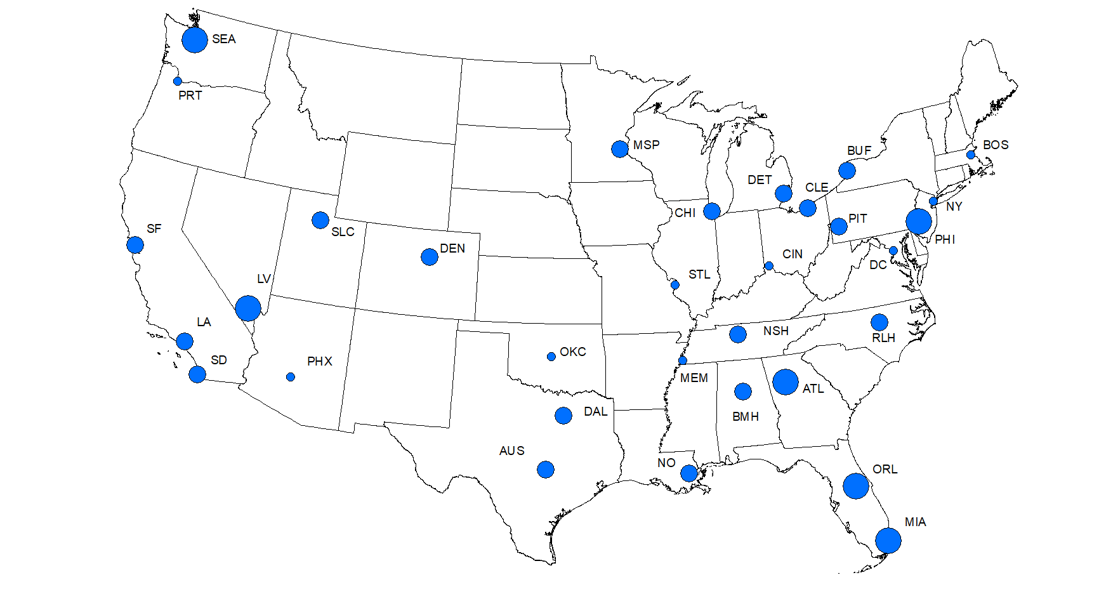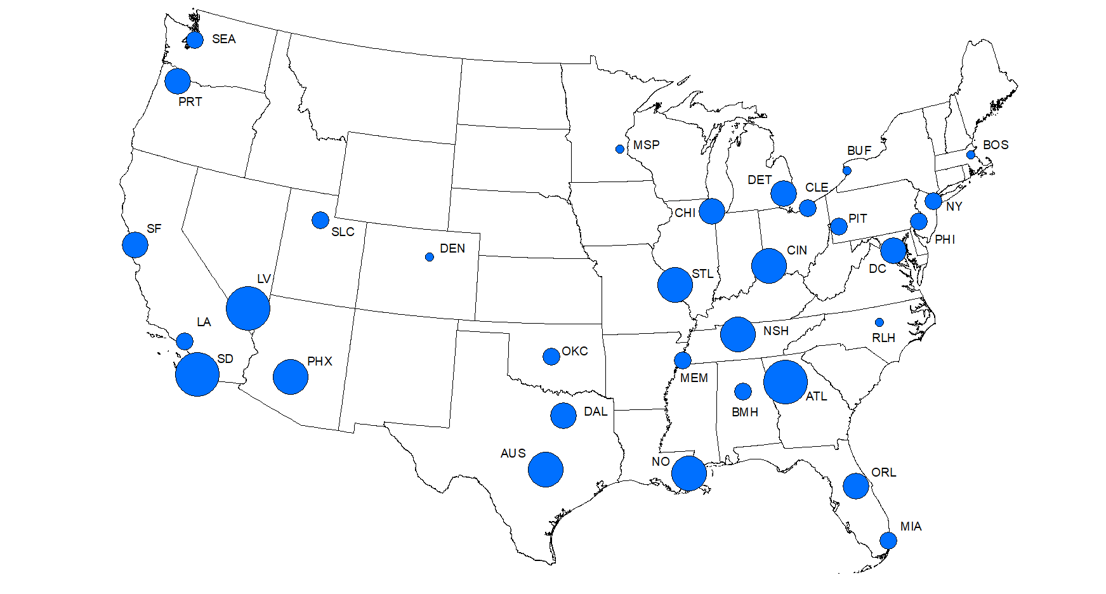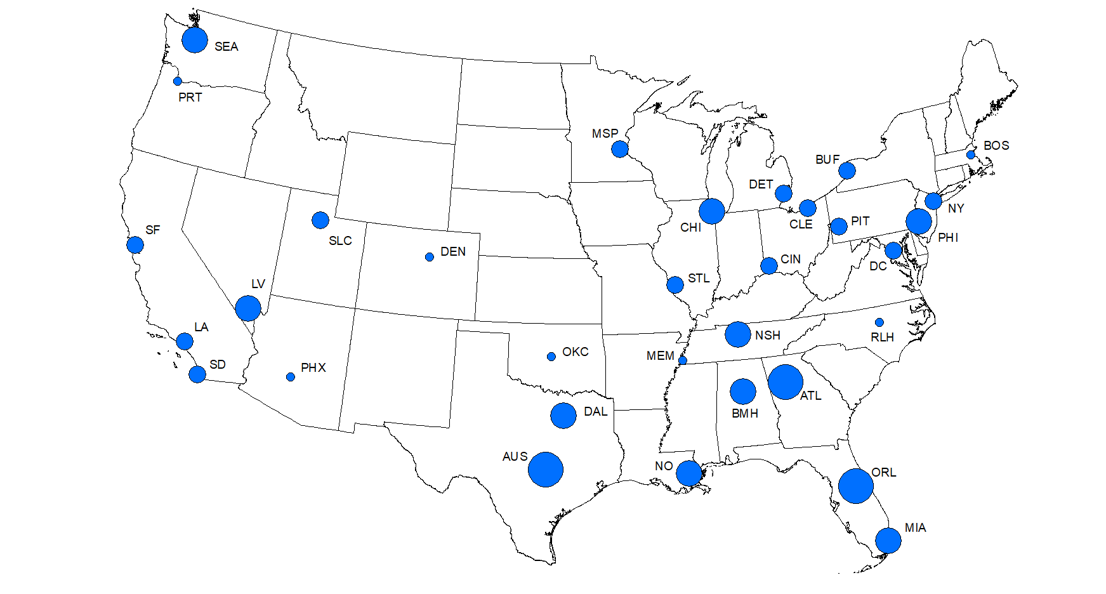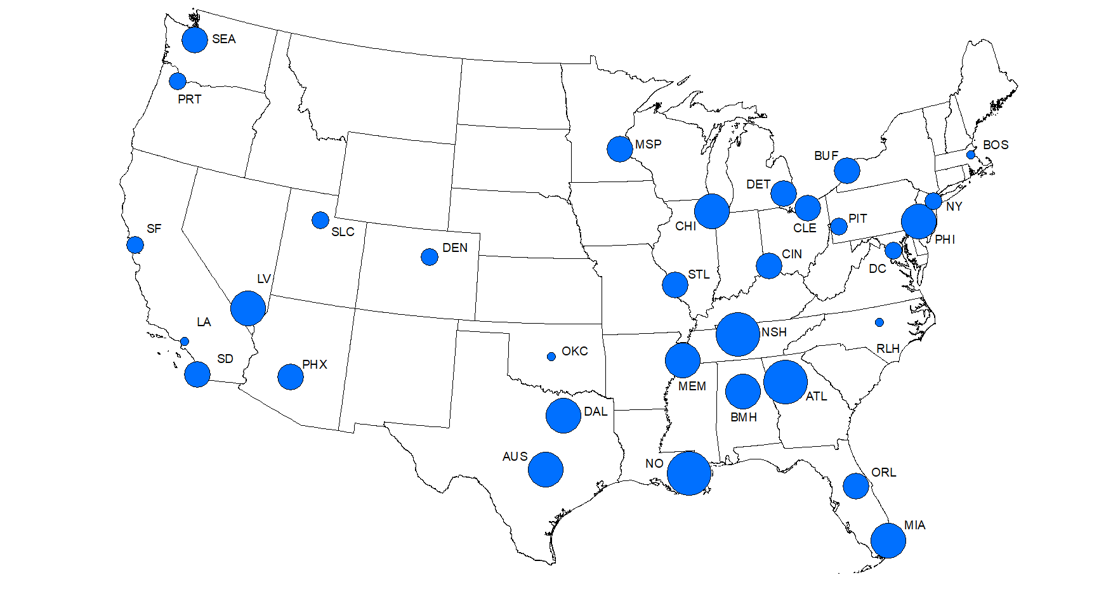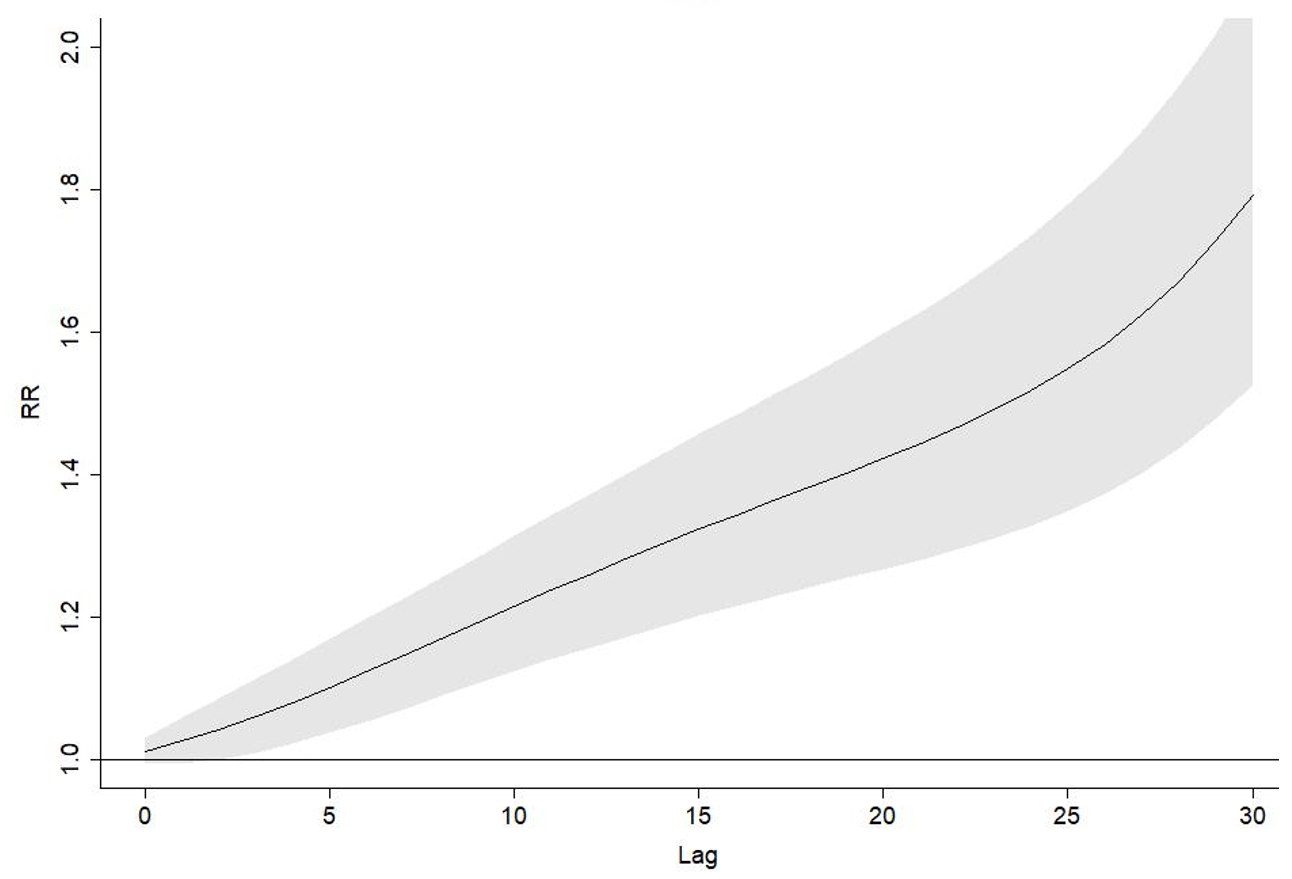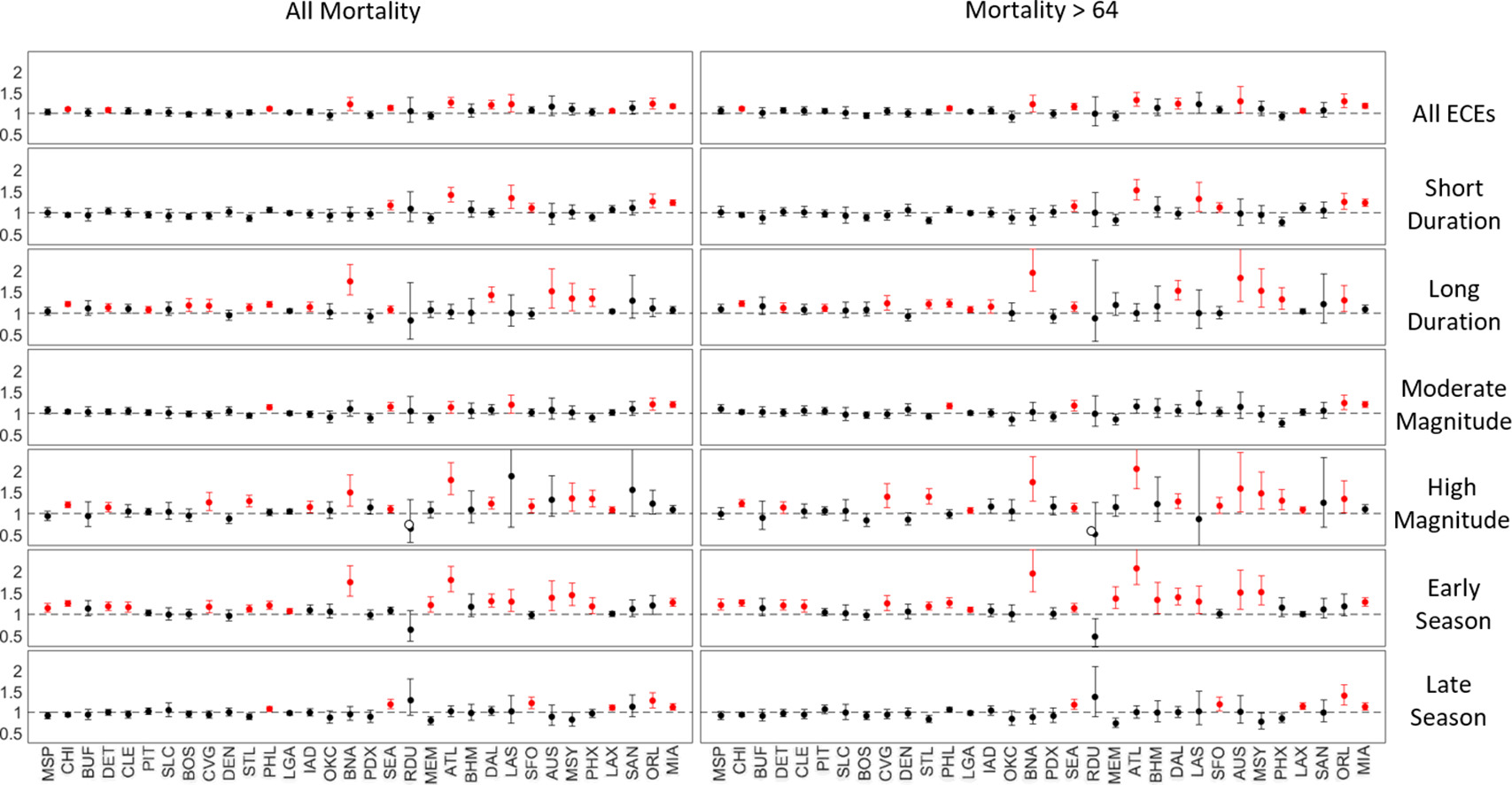
How does extreme cold impact human health?
Extreme cold events (ECEs) are similar to cold air outbreaks as they are characterized by long periods of extreme cold but without the spatial extent criterion. While extreme heat has a more immediate impact on human health, the impacts of ECEs on human health tends to persist for several weeks after the onset of the event, making the true impact of ECEs less obvious.
Project Overview
This study utilizes a Distributed Lag Non-Linear Model with a 30-day lag to determine the cumulative effects of extreme cold events (ECEs) on mortality across 32 cities in the United States for the period of 1975–2010. ECEs are divided into specific categories based on duration, magnitude, and timing of occurrence. Mortality is divided into all-age mortality as well as mortality of individuals >64 years old. The findings suggest a strong relationship between a city's latitude as well as the timing of an ECE with mortality. Early season ECEs result in a much higher relative risk (RR) of increased mortality, particularly in cities with higher mean winter temperatures, while the RR of mortality of individuals >64 was consistently higher for each city. This study suggests early season ECEs should receive enhanced preparedness efforts as individuals may be particularly vulnerable when not acclimatized to extreme cold. For more information, check out the ARTICLE.
